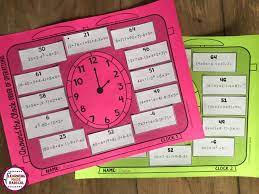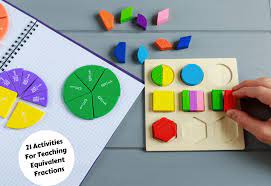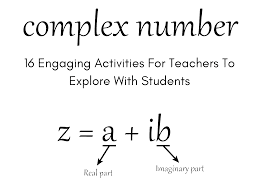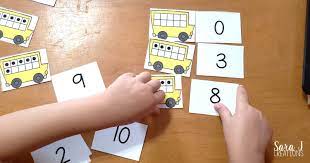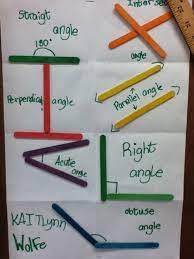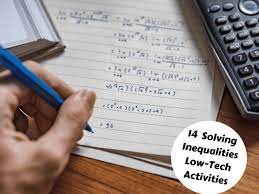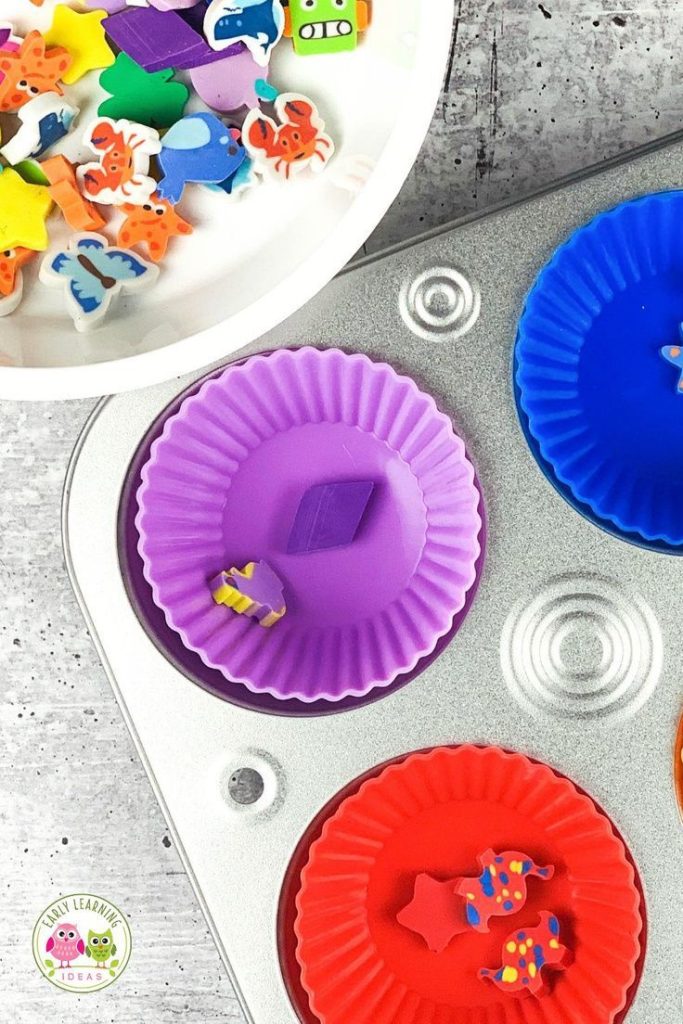Introduction:
Fractions can be a challenging concept for many students, but with the right activities and hands-on approach, learning fractions can become enjoyable. The following is a compilation of 26 fantastic fractions activities that combine creativity, interaction, and understanding to create a fun math experience.
1. Fraction Bingo: Using a bingo card with different fractions, students will try to match the called-out fractions with their cards.
2. Fractions on a Number Line: Have students place fractions on a number line to compare and order them.
3. Fraction Dominoes: Create dominoes with fraction representations and have students match equivalent fractions.
4. Fractions Memory Game: Create pairs of fraction cards and have students practice matching equivalent fractions through memory play.
5. Fraction Art: Allow students to represent different fractions through creative drawings or paintings.
6. Fraction Cooking: Have students help prepare meals while using fraction measurements in recipes.
7. Fractions in Nature Scavenger Hunt: Explore nature and find real-life examples of fractional concepts like half or one-third.
8. Online Fraction Games: Explore various educational websites that offer interactive fraction games.
9. Snowball Fractions: Write various fractions on snowballs (paper or Styrofoam) and have students throw them at matching targets representing equivalent fractions.
10. Fraction Skits: Turn fractional learning into a theater experience by having students perform skits that demonstrate understanding of various fraction concepts.
11. Pizza Fractions: Use pizza slice models to teach different topics like adding and subtracting fractions.
12. Playdough Fractions: Use playdough to create visual representations of fractional concepts.
13. Fractions Flip Book: Make flipbooks showcasing different fraction scenarios or equivalent fractions through illustration.
14. Fraction Treasure Hunt: Hide fractional clues around the classroom leading students on an educational treasure hunt!
15. Lego Towers versus Fraction Bars: Have students build Lego towers to represent fractions; compare and contrast with fraction bars.
16. Fraction Clothesline: Create a classroom clothesline with different fractional cards that students need to sort and order correctly.
17. Musical Fraction Chairs: Instead of playing regular musical chairs, use fractional cards and match with equivalent fraction chairs.
18. Origami Fraction Models: Teach students how to create origami shapes representing various fractions.
19. Egg Carton Fractions: Use egg cartons as fun manipulatives for teaching fractions by cutting the cartons into various fractional pieces.
20. Fraction War Card Game: Adapt the classic War card game to teach comparing fractions.
21. Fraction Sundaes: Teach fraction-related concepts (like making halves or quarters) using ice cream toppings and sundae components.
22. Fraction Worksheets and Puzzles: Encourage students to practice skills by tackling various worksheets, riddles, and puzzles involving fractions.
23. Paper Folding Fractions: Show students how folding paper can help them visually represent multiple fraction concepts, such as simplification or equivalency.
24. Fraction Hopscotch: Combine physical activity with fraction learning by having students jump on a hopscotch grid designed around fractional concepts.
25. Real-world Fractions Exploration: Observe real-life scenarios (books, newspapers, magazines) and find examples of fractions in everyday life.
26. Fraction Olympics: Host a mini-olympics event where students participate in various fraction-themed challenges, such as a relay race where they carry signs representing specific fractions that need to be simplified or combined before moving forward.
Conclusion:
By incorporating these 26 fantastic fractions activities into your classroom or homeschool curriculum, you can create an engaging learning environment where students will not only grasp key fractional concepts but also enjoy the process.



